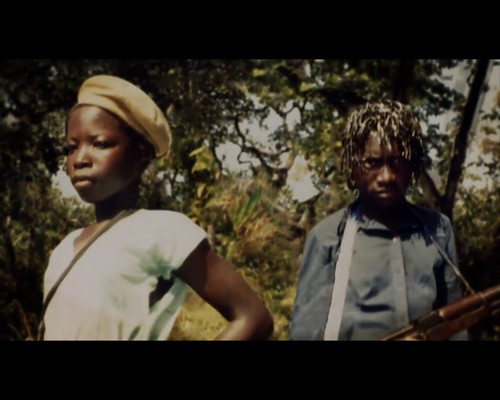
On Monday, March 5th, the advocacy organization Invisible Children released a 30 minute video titled “Kony 2012“. The goal of the video is to raise awareness of Joseph Kony, leader of the Lord’s Resistance Army rebel group, a wanted war criminal, in the hopes of bringing him to justice.
By Thursday, March 8th, the video had been viewed more than 26 million times, and almost 12 million more times on Vimeo. It has opened up a fascinating and complicated discussion not just about the Lord’s Resistance Army and instability in northern Uganda and bordering states, but on the nature of advocacy in a digital age.
My goal, in this (long) blogpost is to get a better understanding of how Invisible Children has harnessed social media to promote their cause, what the strengths and limits of that approach are, and what some unintended consequences of this campaign might be. For me, the Kony 2012 campaign is a story about simplification and framing. Whether you ultimately support Invisible Children’s campaign – and I do not – it’s important to think through why it has been so successful in attracting attention online and the limits to the methods used by Invisible Children.
Who’s Joseph Kony, and who are Invisible Children?
Joseph Kony emerged in the mid 1980s as the leader of an organization, the Lord’s Resistance Army, that positioned itself in opposition to Yoweri Museveni, who took control of Uganda in 1986 after leading rebellions against Idi Amin and Milton Obote, previous rulers of Uganda. Museveni, from southern Uganda, was opposed by several armed forces in the north of the country, including Kony’s group, the Lord’s Resistance Army. Since the mid-1980s, northern Uganda has been a dangerous and unstable area, with civilians displaced from their homes into refugee camps, seeking safety from both rebel groups and the Ugandan military.
Kony and the LRA distinguished themselves from other rebel groups by their bizarre ideology and their violent and brutal tactics. The LRA has repeatedly kidnapped children, training boys as child soldiers and sexually abusing girls, who become porters and slaves. The fear of abduction by the LRA led to the phenomenon of the “night commute“, where children left their villages and came to larger cities to sleep, where the risk of LRA abduction was lower.
